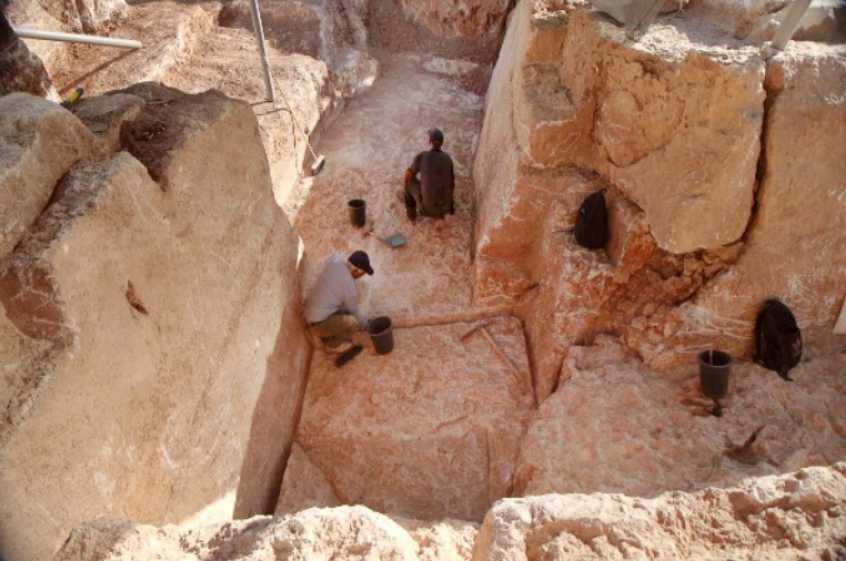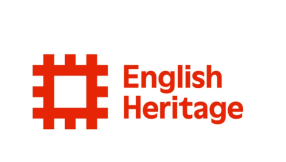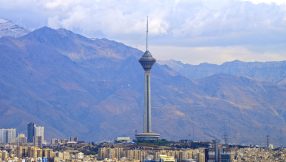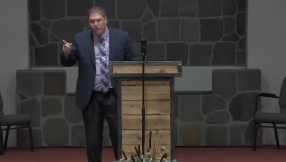
All Israel News - An Israel Antiquities Authority (IAA) excavation in the Har Hotzvim high-tech industrial zone of Jerusalem has recently brought to light a massive ancient stone quarry. This site, situated north of the old city of Jerusalem, is one of the largest ever discovered in the city. It dates back to the late Second Temple period, around the 1st century A.D., which is the Roman period.
Har Hotzvim, established in the early 1970s, is a high-tech industrial park in northern Jerusalem. It serves as a hub for many high-tech companies in the city's technological sector.
Funded by the Vitania real estate development company, the excavation covers roughly 3,500 square meters (about 37,700 square feet) and represents only a portion of this vast quarry. Among the significant discoveries is a beautiful and intriguing stone tool that, according to Jewish Halacha (religious law), remains ritually pure and was commonly used by the Jewish community at that time.
Throughout the excavation, archaeologists uncovered a multitude of building stones in different sizes, along with trenches from quarrying and cutting that reveal the dimensions of the extracted blocks.
"Most of the stones extracted here were huge rock slabs, measuring about 2.5 meters in length, 1.2 meters in width, and 40 centimeters in thickness," said Michael Chernin and Lara Shilov, the IAA excavation directors.
"Each of these blocks weighed approximately two-and-a-half tons! The enormous size of these stones suggests they were intended for use in one of Jerusalem's many royal construction projects during the late Second Temple period, starting under the reign of King Herod the Great between 37-4 B.C. Historical records indicate that Herod's projects in Jerusalem included the expansion of the Temple Mount and the Temple itself," the archaeologists added.
"Furthermore, during Herod's reign, several grand public buildings, palaces, and fortifications were built throughout the city, necessitating a large supply of high-quality construction stones. Monumental building projects continued under his successors, including the significant construction of the city's "Third Wall" by Herod's grandson, King Agrippa I, who ruled between 37-44 A.D."
While excavating a secluded part of the quarry, archaeologist Alex Pechuro made a remarkable discovery: A pristine stone vessel that had been hidden for nearly two thousand years. This find was almost made by accident, adding an element of surprise to the excavation.
"This is a purification vessel made of stone, used by the Jewish community during the Second Temple period," Shilov explained. "It could have been produced on-site in the quarry or brought specifically for the workers' use."
This discovery deepens our insight into Jerusalem's vibrant history leading up to its destruction by the Romans in 70 A.D.
Dr. Amit Re'em, IAA Jerusalem District Supervisor, stated: "We are diligently working with Vitania to preserve and showcase the quarry, integrating it into the upcoming commercial complex planned for the area. This will allow the public to appreciate the grandeur of this significant enterprise – quarrying the building stones for Jerusalem during the Second Temple period."
Chernin and Shilov added: "It is reasonable to assume, with caution, that some of the stones extracted here were meant to be used as pavement slabs for Jerusalem's streets in that era." In a separate excavation currently being conducted by the IAA in the City of David, archaeologists have uncovered a paved street referred to as the "Pilgrim's Road" or the "stepped street."
This thoroughfare, originating from the late Second Temple period, during Roman domination, features paving stones that correspond in size, thickness and geological composition to those quarried from Har Hotzvim.
"The revelation of this vast quarry, especially just before the Nine Days and the Ninth of Av, a period when Jews worldwide mourn the destruction of Jerusalem, is deeply symbolic and poignant," said IAA Director Eli Escusido. "The unique stone vessels found here will be displayed for families at the Jay and Jeanie Schottenstein National Archaeological Campus in Jerusalem, which has recently opened to the public. I encourage everyone to join our tours and connect with a piece of history that has just been unearthed."
Amazingly, the site of this ancient stone quarry is located in a neighborhood called "Har Hotzvim," which means "The Hill of the Stonecutters" in Hebrew. Indeed, this name might make us believe it has its origins in this ancient quarry, but that is not the case and it is purely a matter of chance.
The current name originates from a quarry that operated in the area in the 1960s. The name "Har Hotzvim" first appeared in official documents in a proposal for an industrial zone construction project on the site, submitted in 1969 by the architect Zalman Einav.
Additionally, we know that the recently excavated stone quarry was partly discovered as early as 2021 by the archaeologist Moran Hadj'bi of the IAA. The latest discoveries are a significant contribution to what has already been recently uncovered.
Many stone quarries dated to the 1st century A.D. have been discovered in Israel and especially in the surroundings of Jerusalem. This proves Jerusalem was a very significant place for building during this period.
This article is republished from All Israel News with permission.













